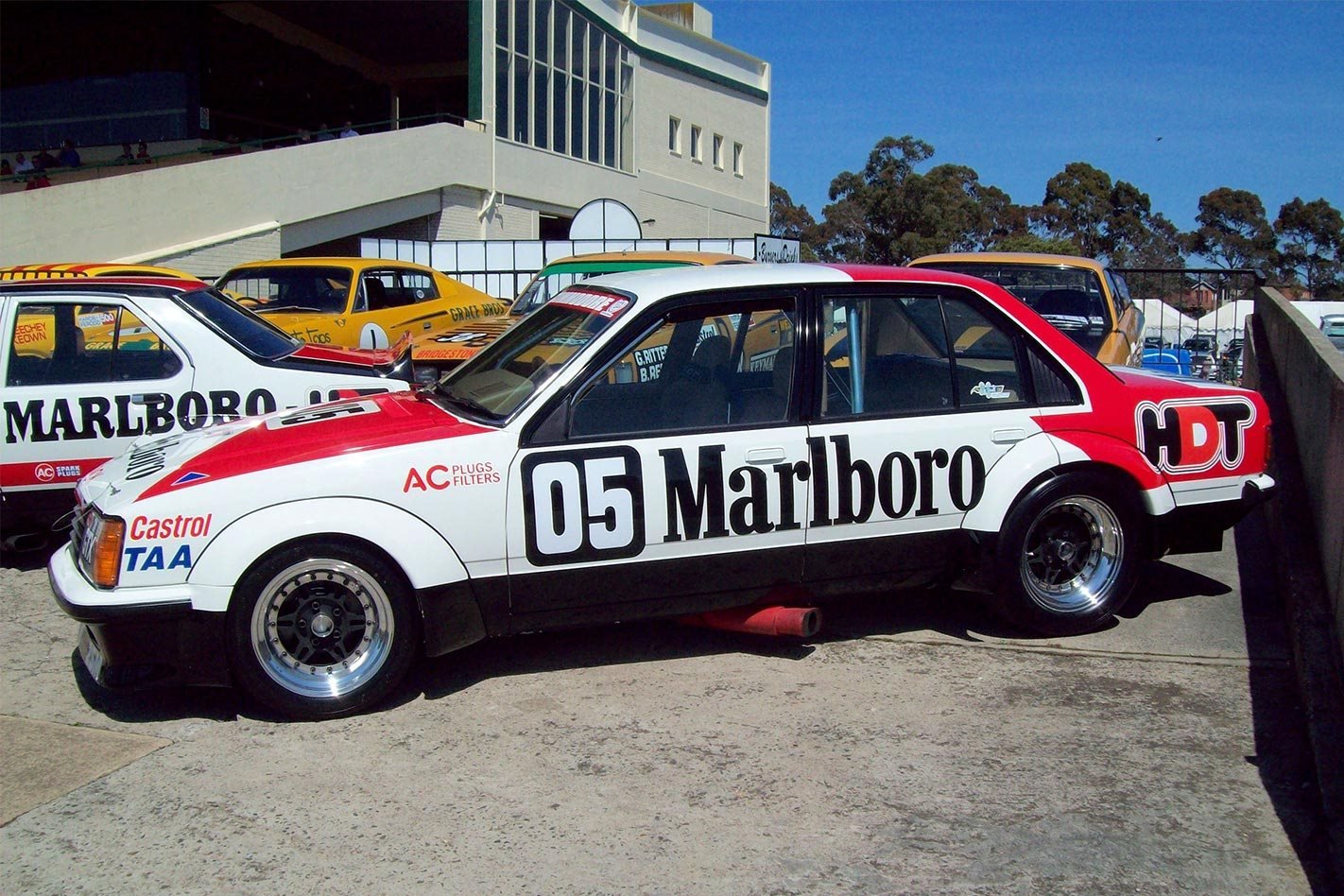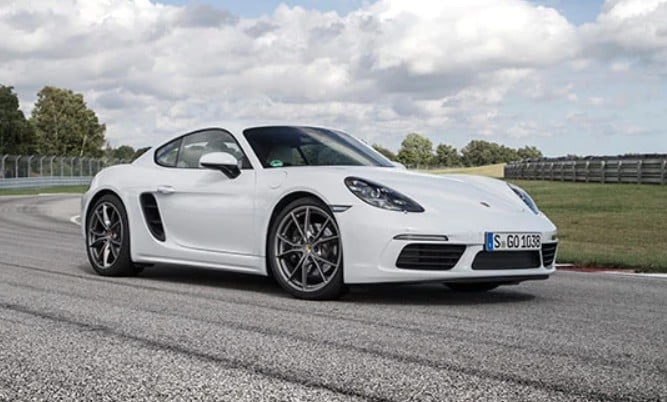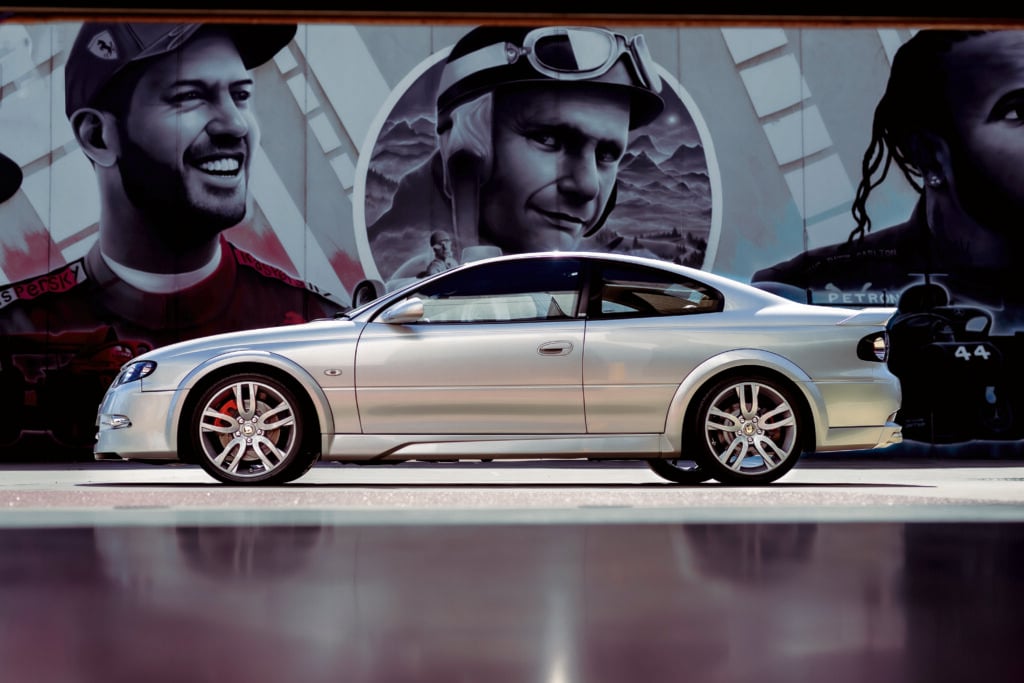IT could have been very different. Had an ironic twist of fate not intervened, the Torana A9X wouldn’t have been Holden’s last official homologation special.
A Super Commodore version of the original VB model was not only proposed, but a prototype was actually built. The idea was to go head-to-head with Ford’s 351 cubic inch V8-powered XD Falcon on the racetrack and the road with a Chevrolet 350 V8-propelled high-performance Commodore.
The factory-fit small-block Chevy would have been accompanied by A9X-style flared fender extensions, front and rear spoilers, and bonnet scoop penned by legendary Holden designer Leo Pruneau. Of course, a VB Commodore with the 5.7-litre Chev V8 never happened.
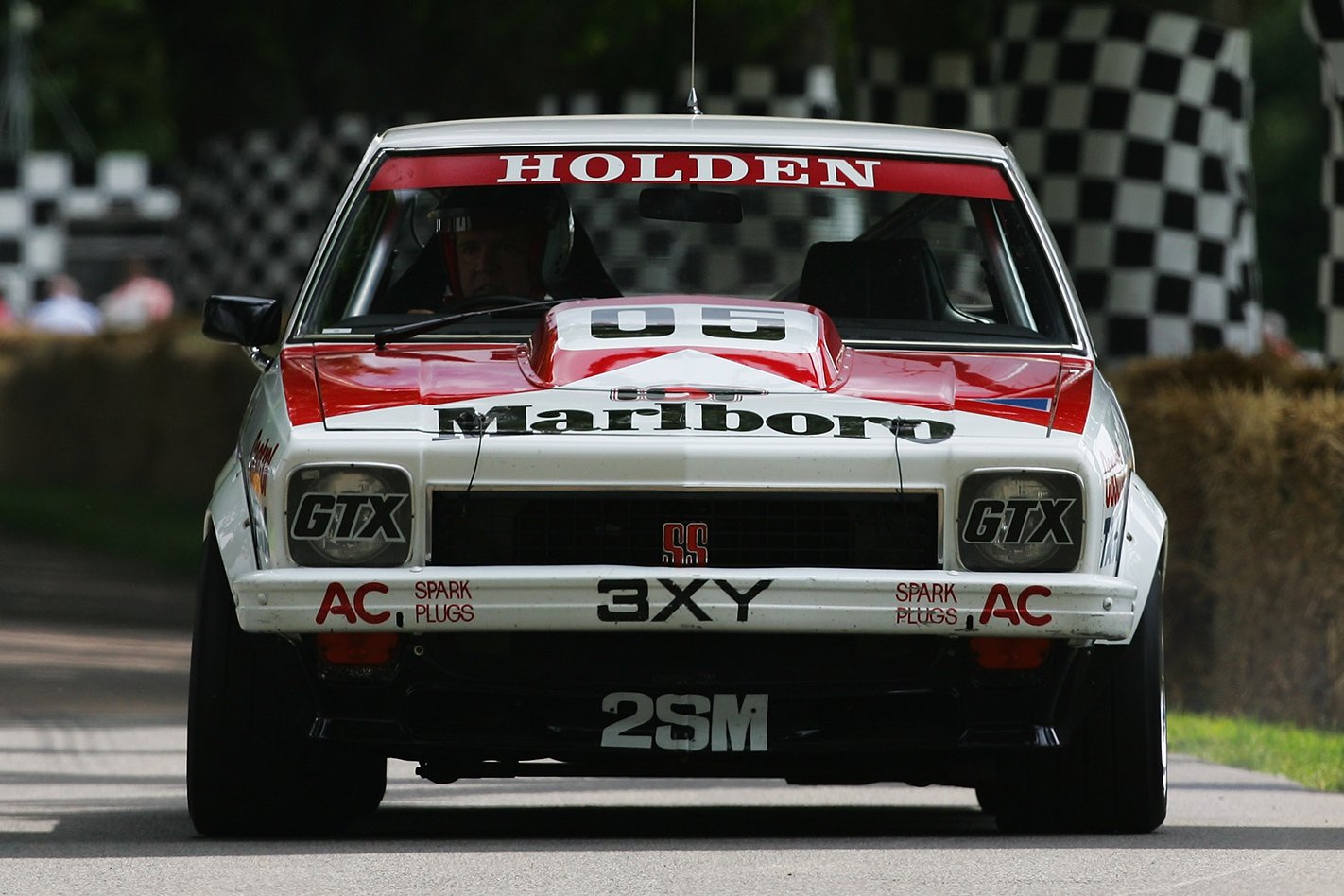
It was Holden’s decision to officially end its unofficial involvement in racing in late ’79 that put paid to the plan for a limited run of Commodore 350s to enhance the Lion’s prospects at Bathurst and beyond. The project got as far as an unofficial running prototype road car. Had it made it to production, the proposed Super Commodore would have been the last Holden-made homologation special.
It could have been the first Commodore SS or, more likely, would have become known by its special production option code, just like XU-1, L34 and A9X. One was never allocated, so let’s call it the Commodore B57 – B is for Bathurst and 57 is for 5.7 litres. It’s perhaps a fine distinction, but later race-bred Commodores weren’t strictly factory homologation specials.
There was plenty of Holden help and funding behind the scenes, but they were developed and produced by HDT Special Vehicles and then Holden Special Vehicles, as opposed to special builds from the main plant. The last Commodore built as the basis for the racing version was the HSV-concocted VN SS Group A in 1989.
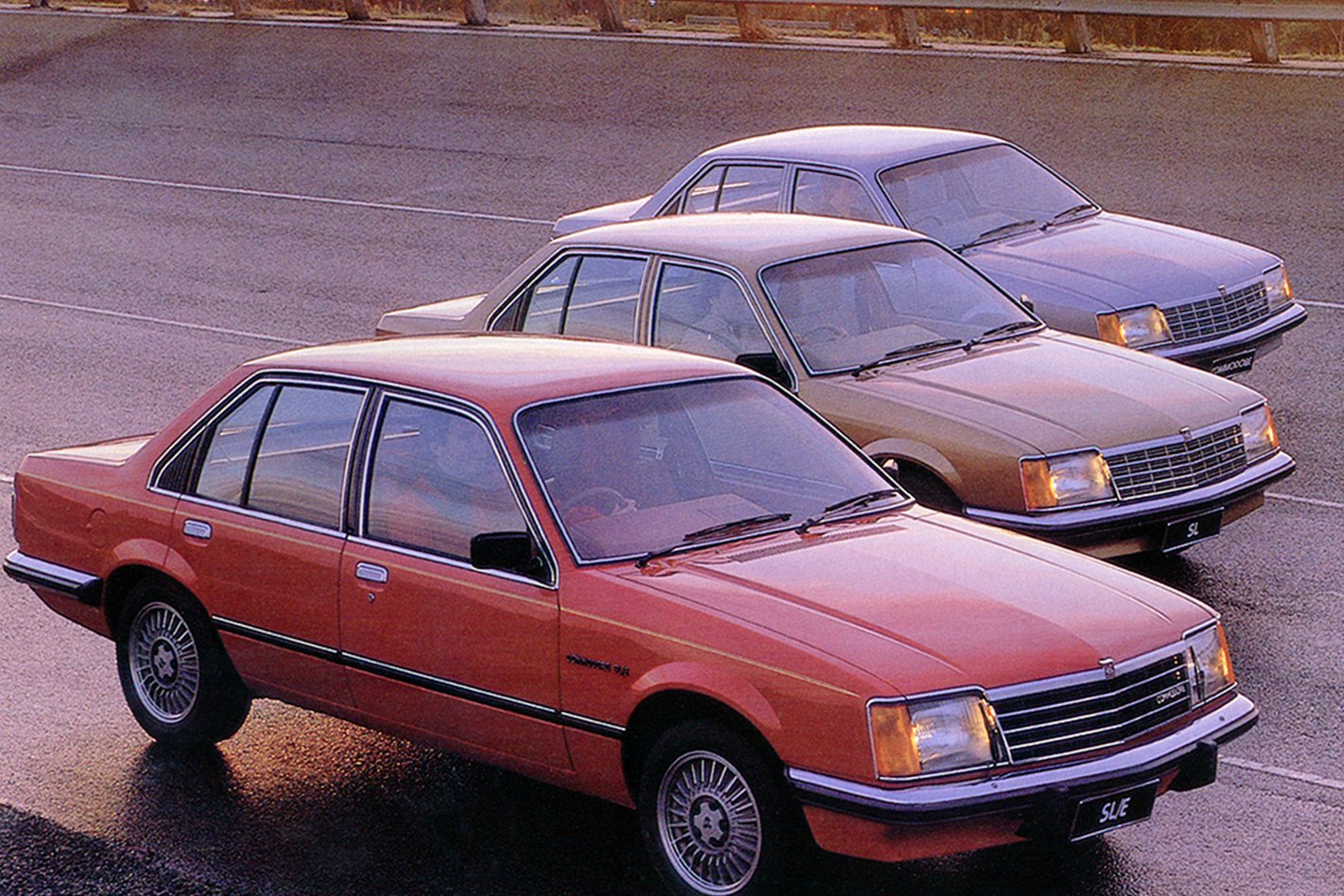
Despite uncertainty about a change of rules, his wish list included replacing the 5.0-litre Holden V8 with the 5.7-litre imported Chevy. His rational was that if the XD Falcon could race with a 351, why couldn’t the VB move up to GM’s equivalent? Sheppard’s idea for the ‘B57’ was met with scepticism by Holden engineers, who said the conversion would be too difficult.
Not to be deterred, he fitted a 350 to a VB test hack and then presented it as a running car. As many Commodore modifiers have found, the 350 dropped straight in, with only the starter motor needing to be relocated. Having proved it was practical, Sheppo recalls that the possibility of producing ‘B57’ as a Bathurst special became serious enough for Pruneau to sketch some styling concepts.
Then the whole landscape changed. In late ’79, following a directive from Detroit, Holden declared that it was withdrawing from racing. Which was interesting in itself because for more than a decade, the Lion had been hiding the factory team behind the Holden Dealer Team facade.
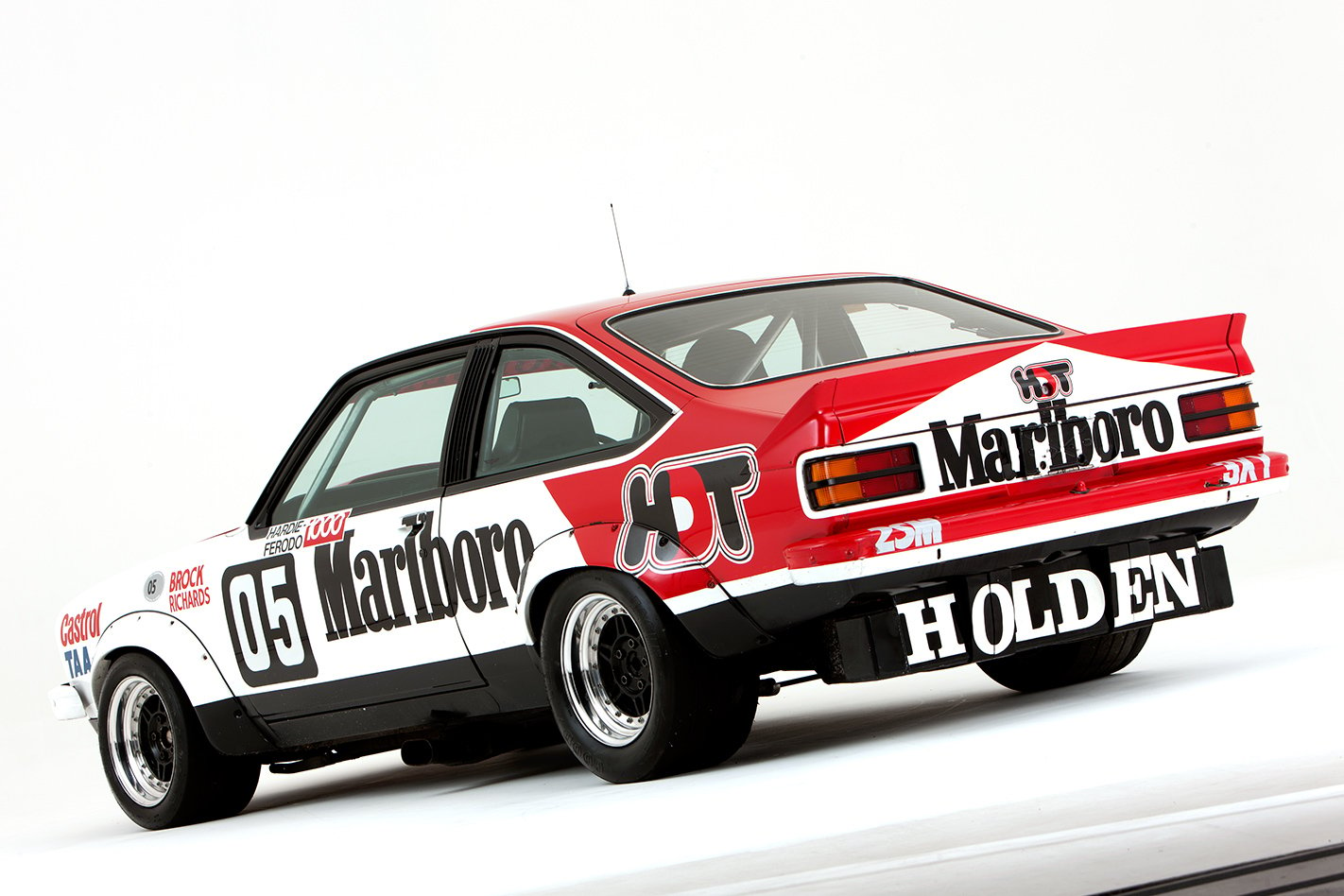
A pilot-build VB ‘mule’ with competition A9X mechanicals and hacked-away wheel openings to accommodate wider racing rubber, plus apolycarbonate front air dam, was track tested and proved promising. The specification was frozen as Holden prepared to offload the team.
HDT was sold to Brock in a deal underwritten by a band of influential Holden dealers, who backed him in return for exclusive access to enhanced signature-edition Commodore V8s. Thus was born HDT Special Vehicles. As it happened, the A9X-derived 5.0-litre Holden V8 was still good enough for the Commodore to be competitive against Dick Johnson’s 5.8-litre XD.
The new-look Marlboro HDT completed development of the VB racer in time to dominate the 1980 Australian touring car championship with Brock. In updated VC guise, wins at Sandown and Bathurst completed his second ‘Triple Crown’.

